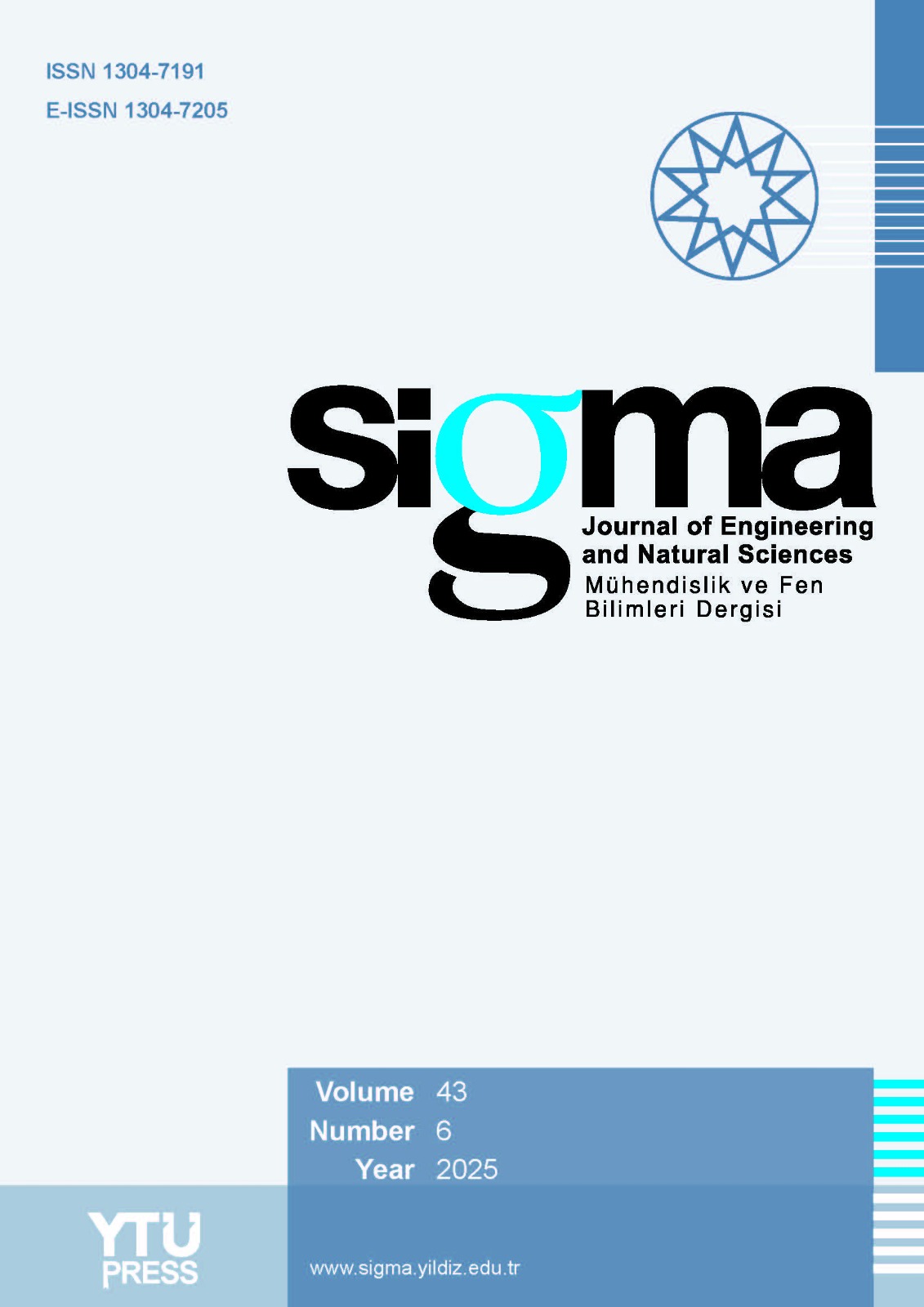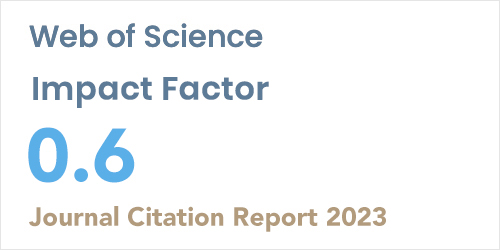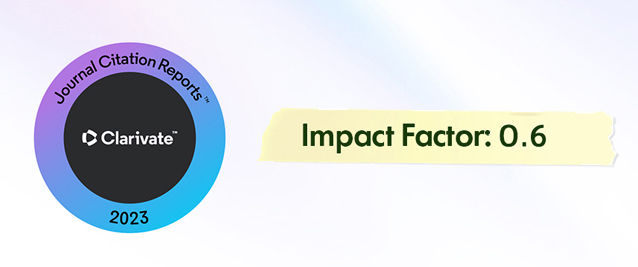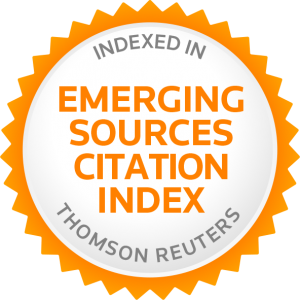2Department of Statistics, Faculty of Science, Dicle University, Diyarbakır, 21280, Türkiye
Abstract
Greenhouse gases (water vapor (H2O), carbon dioxide (CO2), nitrous oxide (N2O), meth-ane (CH4), ozone (O3) and numerous other harmful gases), also known as both natural and anthropogenic gaseous components of the atmosphere, increase the planet’s temperature by absorbing solar radiation and trapping this energy in the atmosphere rather than reflecting it back to the Earth. Therefore, identifying the factors that influence greenhouse gases is crucial for combating climate change, protecting human health and ensuring environmental sustain-ability. This study aims to investigate the effect of “agriculture, forestry and fishing (AFF); manufacture of food products, beverages and tobacco products (FBT); manufacture of paper and paper products (PPP); manufacture of chemicals and chemical products (CCP); water supply, sewerage, waste management and remediation activities (WSR); transportation and storage (TS)” industrial sectors on greenhouse gases emitted into the atmosphere in 17 Eu-rostat countries between 2010 and 2021 using a multiple linear regression model. The results of this research show that the AFF, FBT, CCP, WSR and TS have a strong effect on greenhouse gas emissions (GHGEs), as indicated by their Pearson correlation values close to 1, while the PPP variable has a lesser effect with a value of o.650, which is less close to 1. With the coeffi-cient of determination R2 value of 0.924, which very close to 1, the model effectively explains the variation in GHGEs, confirming the significant influence of these variables. Additionally, according to mean of GHGEs, France records the highest values in GHGE, AFF, FBT, PPP, CCP, WSR, and TS, while Cyprus, Slovenia, and Iceland show the lowest values. The findings are expected to provide important insights for environmental policymakers and sustainability researchers.














